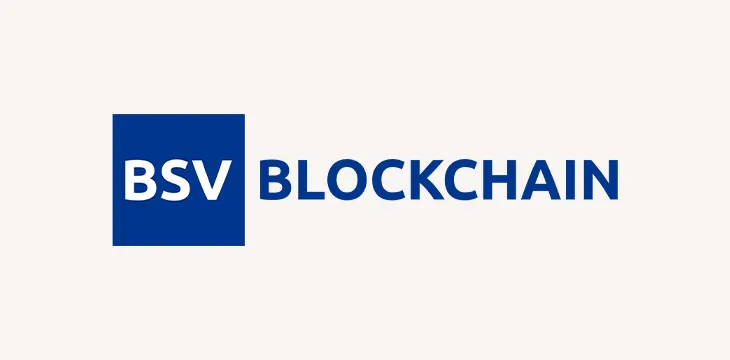|
Getting your Trinity Audio player ready...
|
Four years after a software hard fork split Bitcoin into “big block” and “small block” blockchains, BSV continues to prove all the “small blocker” arguments wrong. By sticking to Satoshi Nakamoto’s original vision and committing to unchangeable protocol rules from the original Bitcoin design, BSV is processing ever-larger amounts of data and keeping it secure, all on-chain.
The latest statistics show BSV is processing hundreds of thousands of transactions nearly every day. The data size of its blockchain surpassed BTC in early June 2021. Of the top 10 applications sending data to the BSV blockchain, only one of them represents a trading platform of any kind—most are games, social networks, and technical tools.
Top 10 Biggest Blocks by TX on #Bitcoin #BSV pic.twitter.com/VLZQaZVbHL
— TaalBlockchain (@TaalBlockchain) June 26, 2021
BSV and BTC each have a 43-45% share of all daily transactions on blockchains that trace their origins to Bitcoin’s “genesis block” back in 2009. Around 10% occur on BCH, a nominally big block implementation of Bitcoin but one whose protocol rules have deviated since, and development of speed and capacity has not evolved as far as BSV’s.
BSV’s existence, and its continued flaw-free ability to process massive amounts of data on-chain for negligible fees, serve as an embarrassment to BTC and any argument that transaction blocks should be small and expensive to confirm. For this reason, BSV is described variously as “failed,” “fake,” “scam”—or its existence ignored completely. These claims are provably untrue; blockchain records are public for all to see and BSV has a healthy, growing ecosystem of real-world applications with a variety of use cases. For a network with far less name recognition and one facing a constant barrage of negative PR from BTC bagholders, BSV is doing amazingly well.
Bitcoin was always meant to be this way
Satoshi originally designed Bitcoin to have unbounded, on-chain, scaling ability. “Temporary” limits were added later to reduce the likelihood of denial-of-service or spam attacks on the fledgling network. Before too long, though, it was clear many had decided these limits should be permanent. Companies had designed business models around the notion of 1MB block sizes and a forever-congested network. By 2017, the year of the hard fork, it was clear that keeping Bitcoin limited had become a kind of religion.
BTC then changed its fundamental protocol rules, weakening its security and transparency with segregated witness (SegWit) signatures and plans to process everyday payment transactions on separate networks. Despite promises that these would allow Bitcoin to scale, neither has been particularly successful at reducing congestion or fees on the BTC network. Use-cases for BTC as a payment system, its main reason for existing at all, have fallen away as app developers and merchants abandoned it in favor of networks that can actually process data.
Nowadays, only BSV adheres to Bitcoin’s original protocol rules, and has them “set in stone” so they can’t be changed at a whim by vested interests or centralized development teams like what we constantly see on BCH and BTC. The variety of projects in BSV’s ecosystem is proof of this, and developers are implementing all the ideas they had years ago but had shelved as Bitcoin’s “block size war” dragged on.
Meanwhile, BTC has struggled to convince anybody that it’s a serious alternative to the current monetary system. Its supporters focus instead on BTC’s speculative unit price, using memes like “laser eyes” to pretend price booms are a vote of confidence in BTC’s future utility, and not just hype. The sad truth is that BTC isn’t all that useful for anything, besides gambling with it on trading platforms against new bidders for central bank fiat currencies. With only enough capacity to handle 4-7 transactions per second on its network, it is plagued by long delays and fees that would make Western Union blush.
BSV’s fees are a fraction of a cent per transaction, making it cost-effective for data projects of any volume. Its use cases extend far beyond simple payments, and developers are now looking at enterprise-tier services that require no knowledge of Bitcoin or its workings by end users. At the same time, BSV still processes ordinary payment transactions with ease. It fulfills Bitcoin’s original promise while also looking far beyond it, making it the perfect data network for the future.
Watch: nChain’s Steve Shadders presents BSV Technical Update at CoinGeek Zurich

 08-12-2025
08-12-2025 





